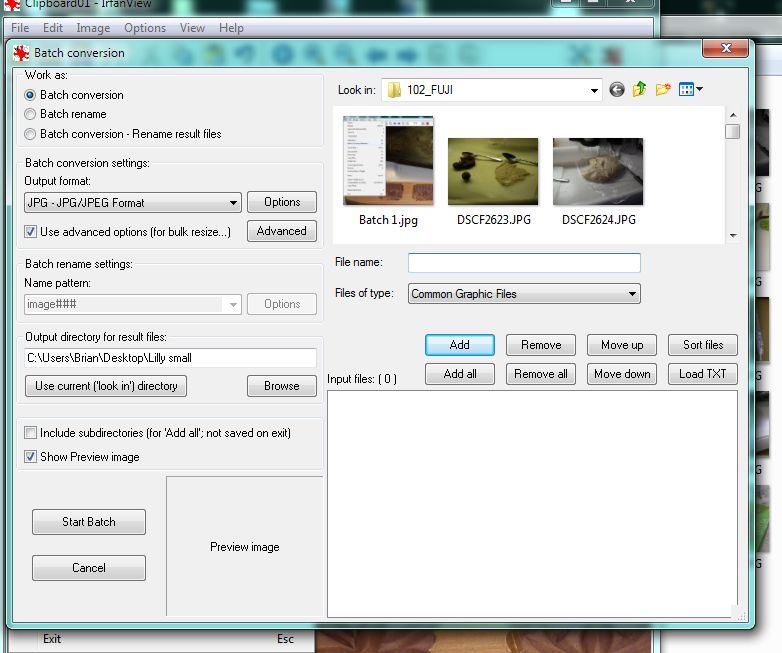

In MS-DOS, a batch file can be started from the command-line interface by typing its name, followed by any required parameters and pressing the ↵ Enter key. Some of the detail in this article applies to all batch files, while other details apply only to certain versions. The detailed handling of batch files has changed significantly between versions. btm in 4DOS, 4OS2 and 4NT related shells. Batch files for other environments may have different extensions, e.g. Unix-like operating systems, such as Linux, have a similar, but more flexible, type of file called a shell script. When a batch file is run, the shell program (usually COMMAND.COM or cmd.exe) reads the file and executes its commands, normally line-by-line. Similar to Job Control Language (JCL), DCL and other systems on mainframe and minicomputer systems, batch files were added to ease the work required for certain regular tasks by allowing the user to set up a script to automate them. The term "batch" is from batch processing, meaning "non-interactive execution", though a batch file might not process a batch of multiple data. A batch file may contain any command the interpreter accepts interactively and use constructs that enable conditional branching and looping within the batch file, such as IF, FOR, and GOTO labels.
CREATE A DISPLAY MENU IN A BATCH FIL SERIES
It consists of a series of commands to be executed by the command-line interpreter, stored in a plain text file.

A batch file is a script file in DOS, OS/2 and Microsoft Windows.


 0 kommentar(er)
0 kommentar(er)
